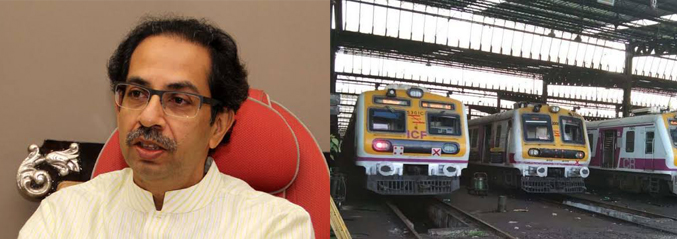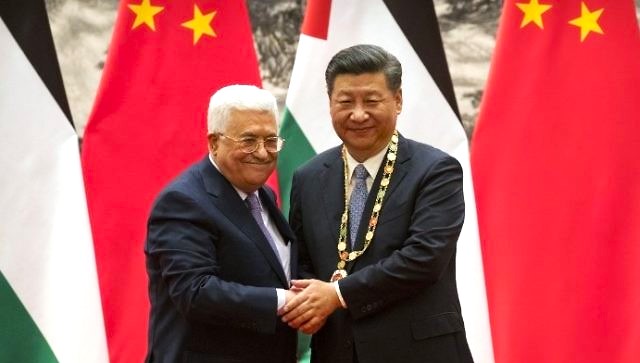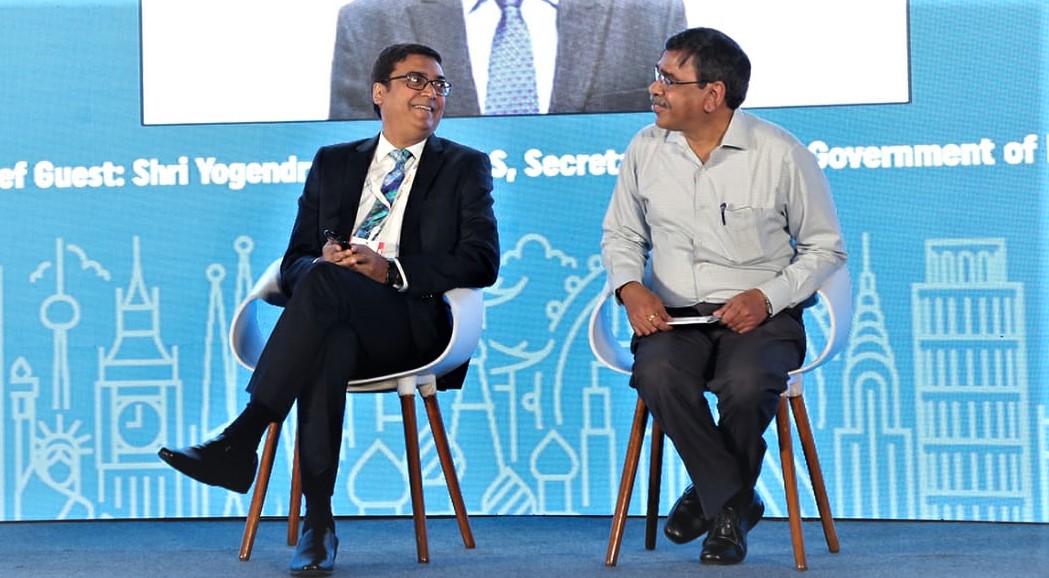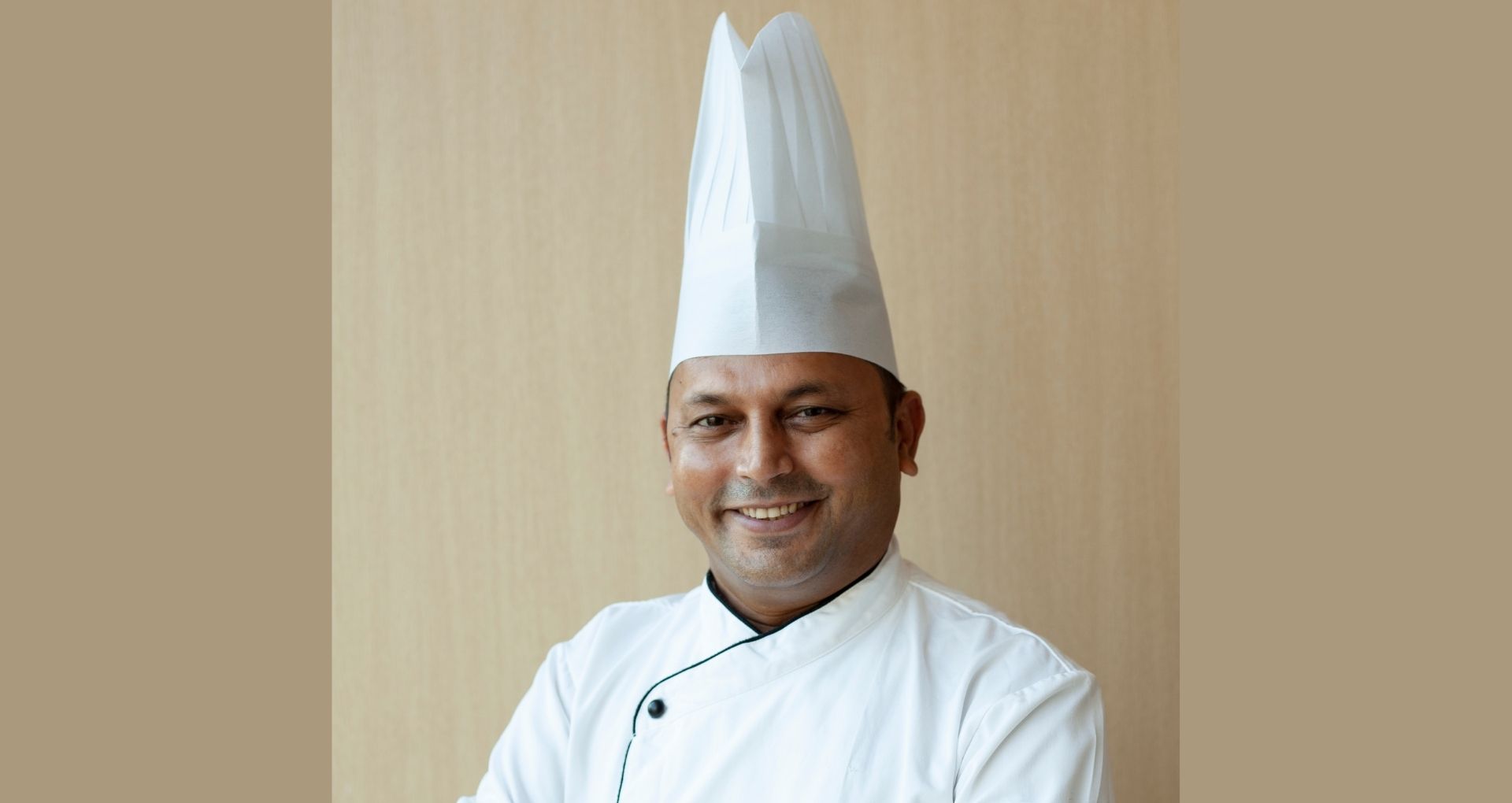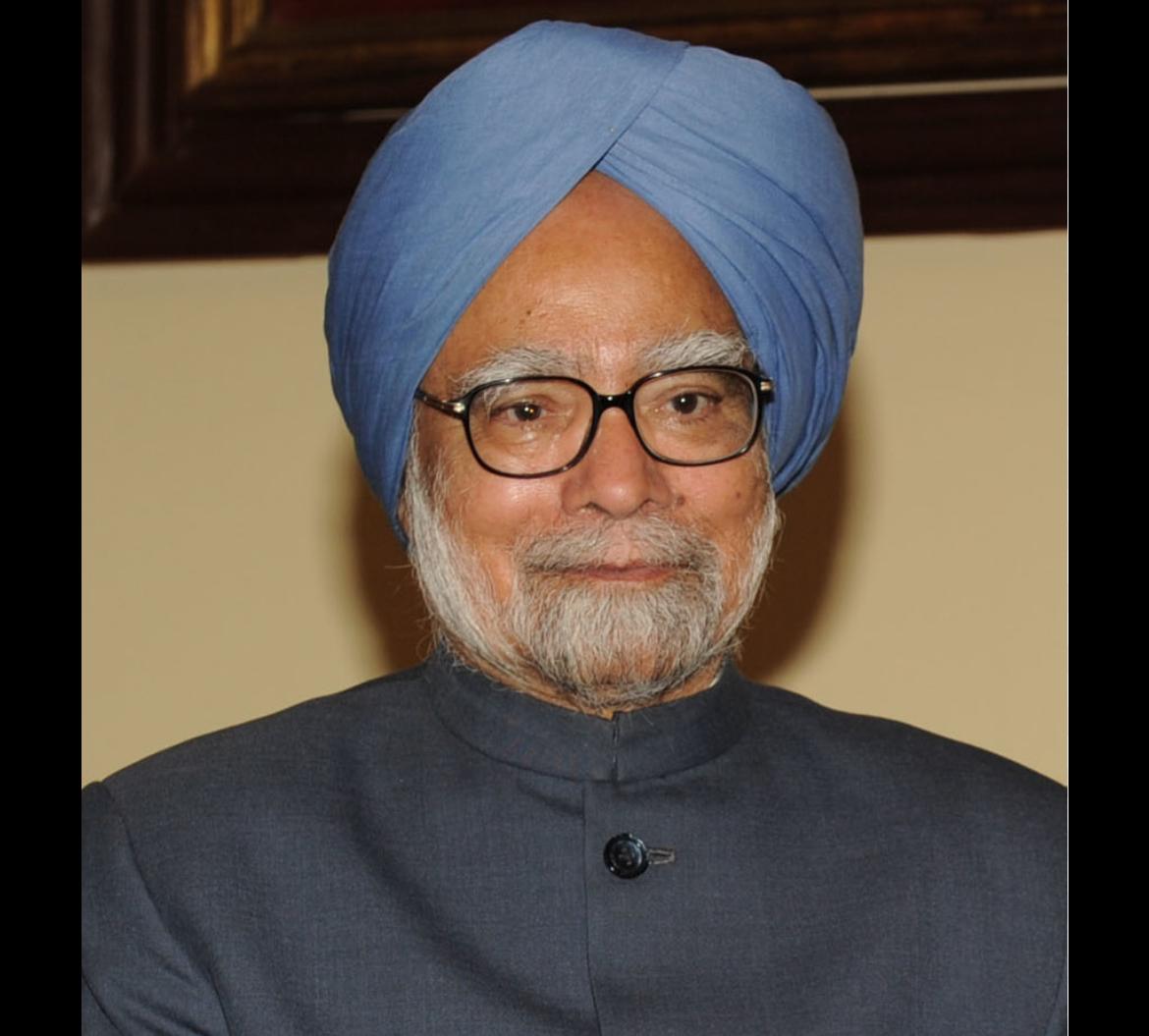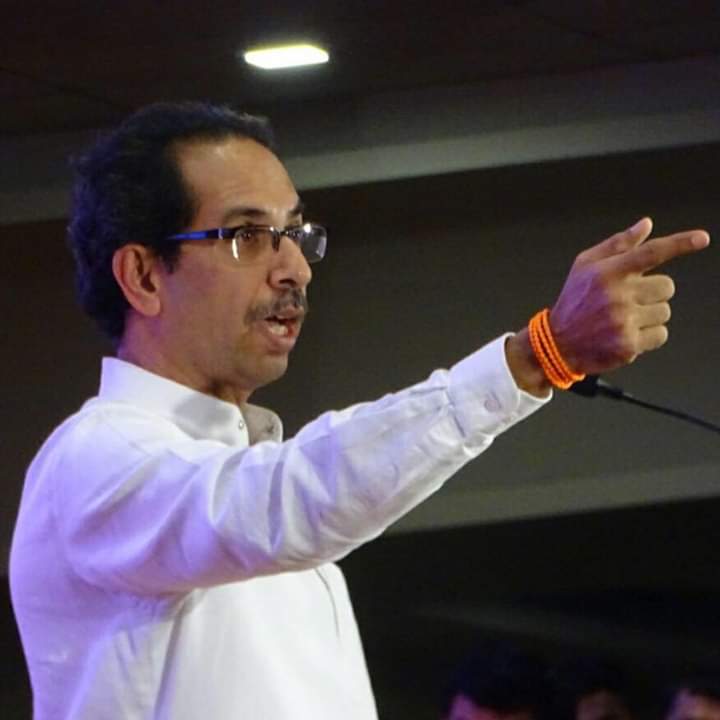At Kolhapur’s central square stands the beautiful statue of warrior queen astride a horse. One of the grittiest characters in Indian history, this woman was also called the ‘rainha dos Marathas’ or the ‘Queen of the Marathas’ by the Portuguese. She is Rani Tarabai Bhonsle, the brave daughter-in-law of Chhatrapati Shivaji and one of India’s greatest medieval monarchs.
Among the few women in history to save a kingdom by sheer force and willpower, Rani Tarabai’s unflagging courage and indomitable spirit are at par with the legendary Rani Laxmi Bai of Jhansi, Rani Rudramma Devi of Warangal and Rani Abbakka Chowta of Ullal. Yet, little is written about this warrior queen or her incredible story.
After Shivaji’s death in 1680, his first son Sambhaji took over the throne. As he was captured (and later killed), Rajaram was brought into power. He died an untimely death in 1700, leaving behind an heir – Shivaji II, who was only four years old at the time. In his name, Tarabai became the de facto ruler. The Maratha kingdom needed stable leadership after the death of Shivaji and Rani Tarabai was the answer to that. A widowed 25-year old Tarabai channelled all her energies into strategic military planning, to put up a front to Mughal ruler Aurangzeb. A skilled cavalry warrior herself, she had already started learning about civil and political affairs during her husband’s reign. As the regent, she took charge of the war against Aurangzeb’s forces. Tarabai was skilled in cavalry movement and made strategic movements herself during wars. She personally led the war and continued the fight against the Mughals. A truce was offered to the Mughals in such a way that it was promptly rejected by the Mughal emperor and Tarabai continued the Maratha resistance. By 1705, Marathas had crossed the Narmada River and made small incursions in Malwa, retreating immediately. The Maratha country was relieved at the news of the death of Mughal emperor Aurangzeb who died at Khuldabad in Aurangabad in 1707. Of the years 1700–1707, Jadunath Sarkar has opined: “During this period, the supreme guiding force in Maharashtra was not any minister but the dowager queen Tara Bai Mohite. Her administrative genius and strength of character saved the nation in that awful crisis.” In 1740s, during the last years of Shahu’s life, Tarabai brought a child to him: Rajaram II (also known as Ramaraja). She presented the child as her grandson, and thus, a direct descendant of Shivaji. She claimed that he had been concealed after his birth for his protection and had been raised by the wife of a Rajput soldier.
The child was adopted by Shahu who did not have a son of his own.

Tomb of Maratha Queen Tarabai Bhonsle
After Shahu’s death in 1749, Rajaram II succeeded him as the Chhatrapati. When Peshwa Balaji Baji Rao left for the Mughal frontier, Tarabai urged Rajaram II to remove him from the post of Peshwa. When Rajaram refused, she imprisoned him in a dungeon at Satara, on 24 November 1750. She claimed that he was an impostor from Gondhali caste and she had falsely presented him as her grandson to Shahu. Tarabai urged other ministers, such as the Pratinidhi and the Pant Sachiv, to rebel against the Peshwa, but they refused to help her. She also sought help from Ramdas, a Brahmin in the service of Nizam Salabat Jung, offering him to make the Peshwa. However, Nizam’s treaty with the Peshwa prevented him from dispatching a force to Satara. Earlier, in October 1750, Tarabai had met Umabai Dabhade, who also held a grudge against the Peshwa. Umabai dispatched a 15,000 troops led by Damaji Rao Gaekwad in support of Tarabai. Gaekwad defeated a 20,000-strong force led by the Peshwa loyalist Trimbakrao Purandare at Nimb, a small town north of Satara. He then marched to Satara, where he was received by Tarabai. However, Trimbakrao re-formed his army and on 15 March, attacked Gaekwad’s army, which was encamped on the banks of Venna River. Gaekwad was defeated in this battle and forced to retreat with heavy losses. Meanwhile, Peshwa returned from the Mughal frontier, reaching Satara on 24 April. He stormed the Yavateshwar garrison in Satara, defeating Tarabai’s forces. He surrounded the Satara fort, and asked Tarabai to release Chhatrapati Rajaram II, whose physical and mental condition had deteriorated considerably. Tarabai refused and the Peshwa left for Pune, since a siege of the well-provisioned and strong Satara fort would not be easy. Meanwhile, Damaji Gaekwad, Umabai Dabhade and their relatives were arrested by the Peshwa’s men. A section of Tarabai’s troops in the Satara garrison unsuccessfully rebelled against her. She beheaded Anandrao Jadhav, the leader of the rebels. However, she realized that the she would not be able to fight Peshwa, and agreed to meet him in Pune for a peace agreement. Janoji Bhonsle, also a rival of the Peshwa, was in neighbourhood of Pune with a strong army and agreed to protect her against any harm. In Pune, Peshwa treated her respectfully and after some reluctance, Tarabai accepted Peshwa’s superiority. She agreed to dismiss her lieutenant Baburao Jadhav, whom the Peshwa disliked. In return, the Peshwa forgave her. On 14 September 1752, the two took oaths at Khandoba temple in Jejuri, promising mutual peace. At this oath ceremony, Tarabai also swore that Rajaram II was not her grandson, but an impostor from the Gondhali caste.[8] Nevertheless, Peshwa retained Rajaram II as the titular Chhatrapati and a powerless figurehead.
Tarabai was a brave, ambitious and level-headed ruler, who put her kingdom above everything else. She concentrated on fighting the Mughals and was an earnest politician who never went against her own family to attain power. Even after her leadership was snatched away, she continued working in the government.
She refused to stand still and continued to influence politics until her death. Had she not stepped up after her husband’s death and taken over the reins, the Maratha Empire would have disintegrated long before. Had she been able to remain in power, her kingdom may have remained united.
As we spend crores of rupees in the maintenance of historical tombs and monuments, can’t we spend a little more and respect her legacy?

Surjitt sahani


